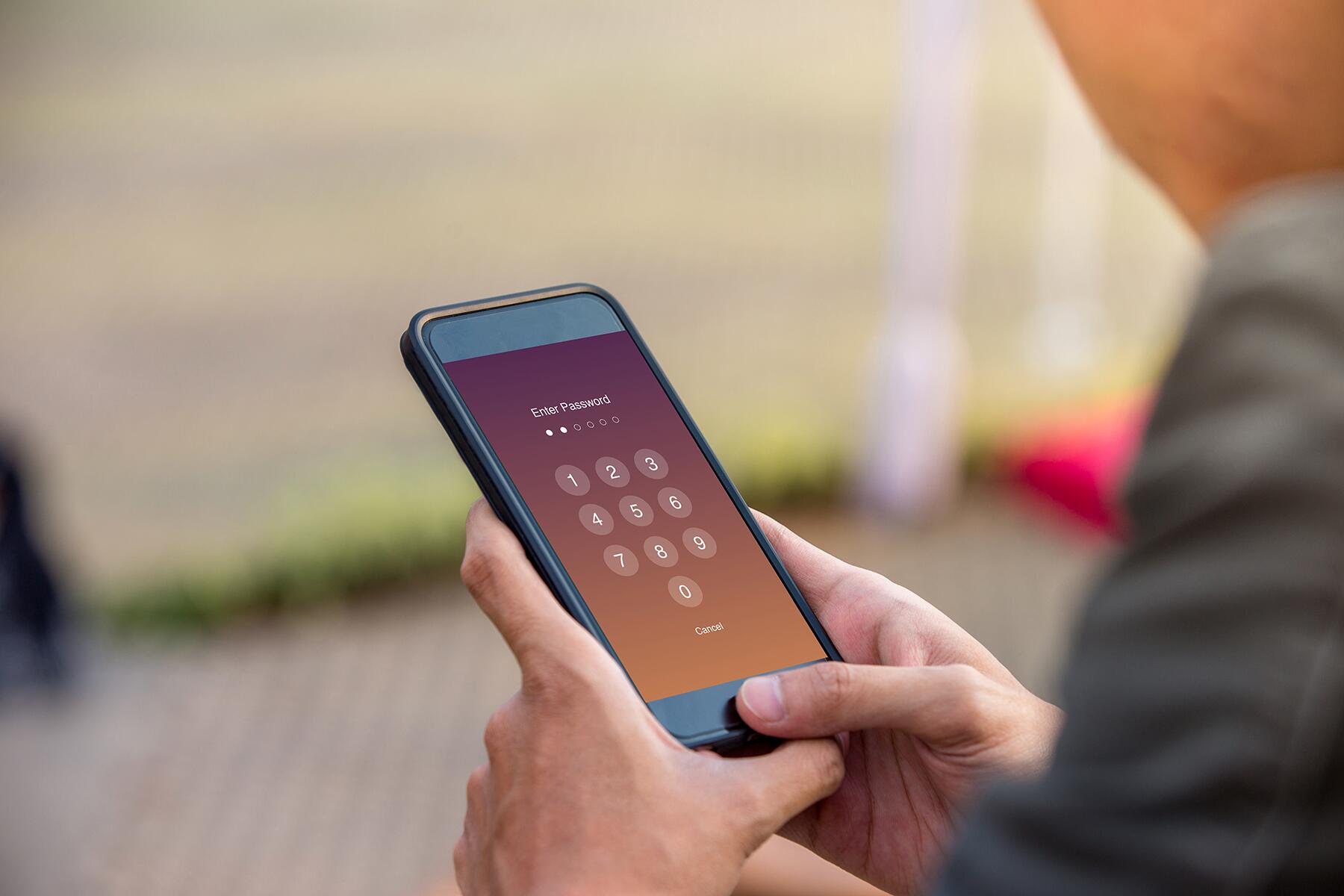All flights have emergency medical kits, but they may not always have what you need, which could be a life-threatening problem.
I
t was Father’s Day this year when Matt Luptak watched his 11-year-old daughter nearly die aboard a Spirit Airlines flight. During their vacation in the Florida Keys, bites from no-see-um bugs had caused his daughter to break out in severe hives the night before their flight. Luptak gave her an Advil gel cap before boarding their Fort Lauderdale flight, hoping it would ease her discomfort on their way home to Ohio. Soon after takeoff, Sophia’s face swelled as tears poured from her eyes, and she struggled to breathe.
His EMT training meant Luptak recognized her symptoms as an anaphylactic reaction, so he summoned a flight attendant to request an EpiPen, an epinephrine auto-injector. But the plane didn’t have epinephrine auto-injectors onboard, even though EpiPens are the easiest way for non-medical professionals to administer epinephrine during anaphylaxis, a severe allergic reaction.
“I just looked over at my daughter, and she’s hunched over, trying to breathe,” Luptak recalled as flight attendants failed to find any passengers who had boarded the plane with an EpiPen.
Recommended Fodor’s Video
Two doctors on board volunteered to help, and the flight’s ground medical support service advised them to use epinephrine from the emergency medical kit (EMK). But the kit’s epinephrine wasn’t the right dose and required an IV to administer. The first needle they found was too large, causing bleeding as they tried to insert it. At last, they found a smaller needle and could administer the epinephrine, finally halting Sophia’s severe allergic reaction.
“I just looked over at my daughter, and she’s hunched over, trying to breathe.”
Luptak wasn’t carrying an EpiPen for his daughter because she didn’t have any known allergies aside from her reactions to the bug bites the night before. He doesn’t know what triggered her reaction, though the gelatin in the Advil is a possibility. What he does know is that the lack of an epinephrine auto-injector on the flight nearly cost him his daughter’s life.
“Every provider I’ve talked to said there would have been a good chance that she passed away,” Luptak said. “What should have happened is, simply, the airlines having the proper resources.”
Current federal requirements do not mandate that EMKs include epinephrine auto-injectors. The Federal Aviation Administration (FAA) requires all American airline carriers to have on board every flight a first aid kit, an automated external defibrillator, and an EMK containing around two dozen items legally mandated since 2004. But medical professionals, researchers, consumer advocates, and at least one U.S. senator’s office have argued that these requirements either aren’t adequate or aren’t adequately enforced, sometimes leaving ordinary passengers or medical volunteers to crowdsource medications from other passengers or jerry-rig a solution for a medical emergency.
In fact, one week before Luptak’s flight, a tweet from surgical oncologist Andrea Merrill went viral when Merrill called out Delta Air Lines for lacking several items she considered essential in an EMK. Besides an EpiPen, she called for a glucometer—used for measuring blood glucose levels in people with diabetes—and automatic blood pressure cuffs since it’s too difficult to hear through a stethoscope against a flight’s background noise. When she tried to use the plane’s blood pressure cuff, she had to assemble it from three parts before using it with a disposable stethoscope, making it “impossible” to get a good blood pressure reading.
Wendy Sue Swanson, MD, director of digital health and a professor of pediatric allergy and asthma research at Stanford University School of Medicine, described similar difficulties when she’s responded to inflight emergencies.
“The stethoscope is like a pretend stethoscope,” she said. “There are lower quality stethoscopes, and then there’s the kind of junky throwaway stethoscopes which are more compatible with a child’s play kit than with true application. All you hear is white noise from the airplane.”
Swanson, whose current work focuses on food allergies, also believes every flight should carry an epinephrine auto-injector since nothing else but epinephrine can treat anaphylaxis.
”Nobody in their right mind, in an emergency where seconds to minutes matter, should need to draw up a dose of epinephrine,” Swanson said, adding that half of all food allergies develop spontaneously in adulthood. “This can seem like somebody else’s issue until it’s yours or your family’s.”
L
ife-threatening inflight medical emergencies are admittedly rare. According to a research review in 2018, inflight medical emergencies occurred in one out of every 604 flights, equivalent to about 24 to 130 incidents per one million passengers. But most of these are not life-or-death situations. A third involved fainting, another quarter were gastrointestinal or respiratory, and only seven percent were heart-related. A more recent study of U.S. and international flights found a similar rate—about 127 incidents per one million passengers—with headaches as the most common complaint.
No studies have tracked how often the crew or volunteer responders have been unable to find what they needed to manage a life-threatening inflight emergency, but one recent study did assess the number of anaphylactic events where epinephrine was indicated. From 2017 to 2019, just 0.2% of inflight medical emergencies were allergic reactions requiring epinephrine, and 82% of those patients received at least one dose of the medication. The 70 patients who did not get epinephrine represent a tiny fraction of overall inflight emergencies.
“An aircraft will never be a hospital,” said Paulo Alves, MD, one of the study’s authors and a representative of the Aerospace Medical Association that made recommendations to the FAA for what EMKs should include. “If the situation reaches a certain level of criticality, it’s unethical not to divert the airplane to a place where the person can get proper medical attention.”
A shortage of a required medication could risk grounding hundreds of planes.
But the list of FAA’s requirements for emergency kits is only part of the story. In 2016, the FAA issued four-year exemptions to more than 50 airlines that allowed them to take off without having all of five medications that had experienced intermittent shortages. The reason was pragmatic, explained Alves, the global medical director for aviation health for MedAire, one of the largest suppliers of EMKs to U.S. airlines.
A shortage of a required medication could risk grounding hundreds of planes without the waiver, he said. The five drugs eligible for exemption include dextrose for low blood sugar, atropine to treat a slow heart rate, lidocaine to treat irregular heart rhythms, and both the cardiac and anaphylactic doses of epinephrine. The exemption, renewed in 2020 until 2024, is only supposed to apply during temporary drug shortages, but it’s unclear what oversight exists to enforce that.
According to a statement from the FAA to Fodor’s, an exemption is only granted “when there is a shortage of these medicines,” and operators must “provide evidence to support the request” when they ask for an exemption. “Should the supply of atropine, dextrose, epinephrine, and/or lidocaine become available to EMK suppliers and/or refurbishers, exemption holders must refurbish the EMK with the missing drug(s) at the next scheduled refurbishment date.”
The agency added that commercial flights cannot take off without a complete, sealed EMK. “If the seal of an emergency medical kit is broken, and any item is used, the entire kit must be replaced before the next flight departs,” a spokesperson for the FAA said.
“I have a horrible feeling the airlines are self-policing.”
But the FAA cannot inspect every EMK preflight, and if the agency requires the carrier to provide proof of the shortage, some worry that it’s unlikely the FAA is tracking shortages to follow up on those exemptions when the drug becomes available.
“I have a horrible feeling the airlines are self-policing,” said Lianne Mandelbaum, an activist, and mother of a son with a nut allergy. Even if the FAA could actively monitor drug shortages and follow up on all exemptions, Mandelbaum says the “FAA is essentially dictating public health policy without the input of the CDC or FDA.”
Mandelbaum has written about multiple incidents where the plane’s EMK was inadequate for in-flight emergencies, especially ones involving anaphylactic reactions. She said the epinephrine exemption is particularly concerning since the U.S. saw a 377 percent increase in food-related anaphylactic reactions from 2007 to 2016, according to an analysis of insurance claims from FAIR Health. “I really fail to understand how public safety has such a low priority in the air,” Mandelbaum said.
But Alves said it’s rare for airlines not to carry epinephrine; he’s not aware of any kits leaving his company’s facility without epinephrine, though he did recall epinephrine and an atropine shortage each happening in recent years. Only three U.S. airlines responded to Fodor’s requests about their kits. United, Alaska, and Southwest Airlines all said they meet FAA requirements—though it’s possible to meet those requirements while using an exemption—and Alaska Airlines said 85% of its fleet has EMKs with epinephrine auto-injectors. Spirit Airlines did not respond to a request for comment regarding their EMKs or the incident with Matt Luptak’s daughter.
The more challenging issue may be people finding what they need when they need it in the heat of the moment. Alves said that responding to an inflight emergency, even for trained professionals like himself, is always an emotional and uncomfortable situation, and each airline dictates its own kit design.
“I really fail to understand how public safety has such a low priority in the air.”
That’s part of the problem, Swanson said. During one five-year period, she responded to at least 10 inflight emergencies and found no two airlines’ kits looked the same.
“Airplanes are extremely unique in that it’s much harder to get to emergency care than it is anywhere else,” Swanson said. “Because of that unique environment, for people’s safety, you really want to have something that’s standardized and familiar.”
Although flight crew members take care of most inflight medical emergencies, they request a passenger volunteer with medical training nearly one-third of the time. Like Alves said, it’s nerve-racking enough even for medical professionals to respond to inflight emergencies, much less needing to improvise their treatment on the fly, as pediatric orthopedic surgeon Samara Friedman once had to do. During her flight to Italy, a 21-year-old woman with a nut allergy experienced an anaphylactic reaction after eating an inflight meal that she didn’t realize contained cashews. Though she normally travels with EpiPens, they ended up in her parents’ bag on another flight.
But when Friedman looked for epinephrine in the EMK, she only found the dosage for a cardiac arrest, not anaphylaxis, along with a device she had never seen before to administer it. She ultimately had to measure out the dose herself and jerry-rig a way to deliver it. Though Friedman acknowledged how expensive it would be to have epinephrine auto-injectors on flights, she expected to find at least a standard vial of epinephrine with the appropriate dose and a more common way to administer it.
When it comes to international flights, it’s even harder to predict what an airline might have on board. For example, European guidelines from Joint Aviation Authorities differ from FAA requirements. Though the kits have substantial overlap, the JAA kits don’t recommend epinephrine at the dosage needed to treat cardiac arrest, and the FAA doesn’t require steroids, sedatives, or injectable antibiotics as the JAA recommends.
Though the U.S. has no jurisdiction over international carriers, Illinois Sen. Tammy Duckworth is at least hoping to improve the use of EMKs on U.S. airlines. Duckworth plans to introduce a bill requiring the FAA to review their EMK requirements more often, such as every three to five years, since the last update was 16 years ago. She also wants to see more oversight on the use of medication exemptions.
“They’re basically playing Russian roulette.”
“No traveler should ever fear that an allergic reaction on a flight might go untreated because the airline received an unexplained exemption from carrying lifesaving medications,” Duckworth said in a statement provided by her office. “That’s one of the reasons I’m looking into legislative efforts that could help address this issue. We expect our planes to have safety equipment like seatbelts when we travel, and there’s no reason consumers shouldn’t have the same expectation for lifesaving drugs.”
In the meantime, the most important message, Alves said, is for doctors to remind passengers to keep all their essential medications, including EpiPens, in their carry-on luggage. But that advice doesn’t help people who develop an unexpected first-time anaphylactic reaction during their flight, like Luptak’s daughter.
“They’re basically playing Russian roulette,” he said, “because if someone goes into anaphylaxis with no physician or medical professional on board, the situation runs the risk of being much worse.”





A word of caution on this... I have a friend who's extremely allergic to epinephrine. If she had some other allergic reaction on a plane, was unable to communicate, and the crew administered epi, that could do her more harm than good. While I understand the point of your article, and agree the contents of the EMK should be reviewed more than once every 14 years, it's not as simple a solution as just adding epi pens.
Thanks for your comment. You're right that addressing health safety in the air is about more than adding epi pens, and the article addresses other things that need to happen, like the more frequent review you mentioned. However, it's important to note that it's not possible to have an allergy to epinephrine. Epinephrine is a substance your body naturally makes. It's the same substance as adrenaline -- two names for the same chemical. You can't be allergic to a substance your body naturally makes or you wouldn't survive. Epinephrine is the *only* treatment for a severe anaphylactic reaction. There is no other treatment.